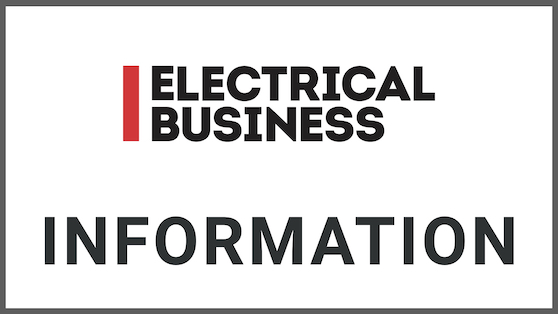
News
Cleantech
Energy & Power
Generation
News
Renewables
Prairie provinces lead renewables expansion in Canada
May 25, 2021 | By Anthony Capkun

May 25, 2021 – The Prairie provinces will lead Canada’s growth in renewable energy capacity over the next three years, according to a new report by the Canada Energy Regulator (CER).
“When people think about the Prairies, many of them think about fossil fuels. Interestingly, our projections show they are actually now leading the way in renewable energy growth, while national levels will slow in the next three years,” said Darren Christie, Canada Energy Regulator.
The report “Canada’s Renewable Power” says decreased reliance on coal and substantial increases in wind and solar capacity will increase the amount of renewable energy added to the grid in Alberta and Saskatchewan. Meantime, Manitoba will “strengthen its position as a prominent hydro producer”.
The pace of overall renewable energy growth is expected to slow at the national level between 2021 and 2023, but with strong growth in provinces with a large reliance on fossil fuel generation.
Electricity generation from renewable sources is expected to continue increasing as demand for electricity grows and the country continues its transition to a lower-carbon economy, says CER, adding Canada will see gradual declines in overall carbon emissions from electricity generation largely due to Saskatchewan, Alberta, Nova Scotia and New Brunswick replacing coal with renewables and natural gas.
The pace of growth beyond 2023 in renewable power will depend on technological developments, consumer preferences, and government policies and programs, adds CER.
Report highlights
• Wind capacity in Saskatchewan is projected to triple, and nearly double in Alberta between 2020 and 2023. Significant solar capacity growth is also projected, with Alberta adding 1200 MW by 2023.
• In Alberta, the share of renewables in the capacity mix is expected to increase from 16% in 2017 to 26% by 2023. Similarly, Saskatchewan’s renewable share of capacity is expected to increase from 25% in 2018 to 33% in 2023.
• Renewable capacity growth slows most notably in Ontario. Between 2010 and 2017, renewable capacity grew 6.8% per year. Between 2018 and 2023, growth in Ontario slows to 0.4% per year, as capacity grows by 466 MW over this period.
• New large-scale hydro, wind and solar projects will push the share of renewables in Canada’s electricity mix from 67% of installed capacity in 2017 to 71% in 2023.
• Hydro is the dominant source of electricity in Canada, accounting for 55% of total installed capacity and 59% of generation, with British Columbia, Manitoba, Quebec, Newfoundland & Labrador, and Yukon deriving more than 90% of their power from hydro.
• The jurisdictions with the highest percentage of non-hydro renewable electricity generation are Prince Edward Island (100%), Nova Scotia (15.8%) and Ontario (10.5%).
• In 2010, 62.8% of Canada’s total electricity generation (364,681 GWh) was from renewable sources. By 2018, 66.2% (425,722 GWh) was from renewable sources, and is projected to be 71.0% by 2023.
Print this page